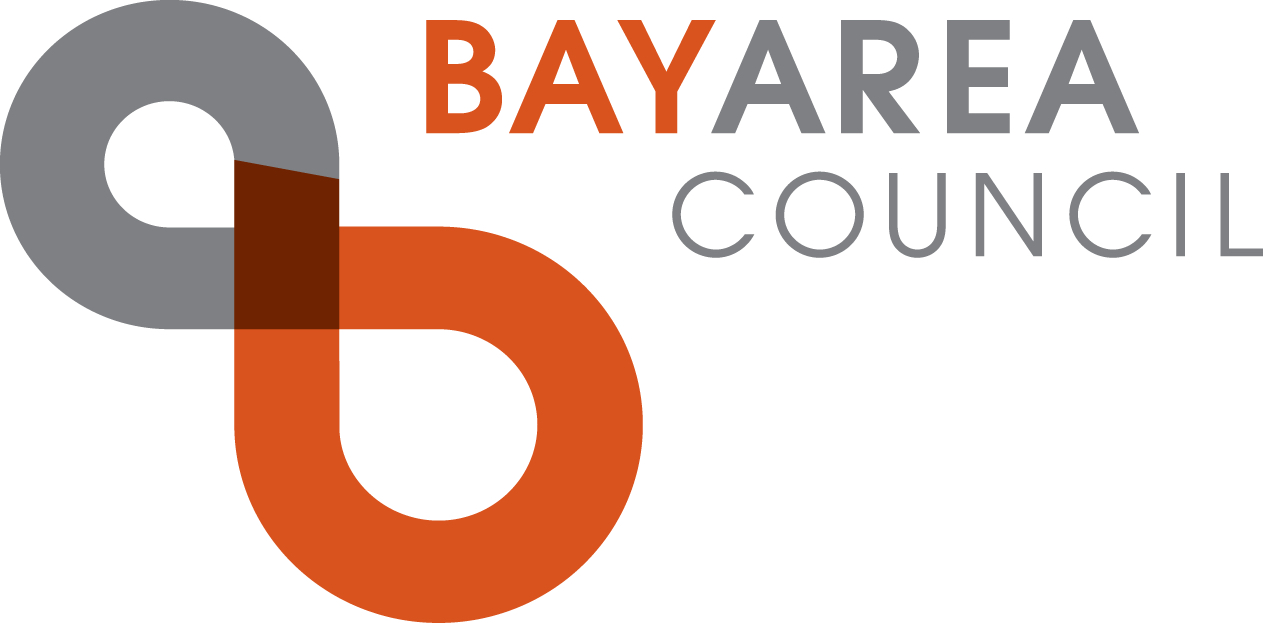New Economic and Policy Report Finds Oakland Can Reverse Downward Budget Spiral by Expanding Public Safety Investments
Bay Area Council Economic Institute outlines urgent reforms to restore fiscal stability, reignite business investment, and improve public safety; provides playbook during Oakland budget deliberations to set city back on course
A significant investment in public safety can reverse Oakland’s budget crisis and prevent a downward spiral toward crime and fiscal collapse, according to a new report released today by the Bay Area Council Economic Institute and supported by a coalition of Oakland-based employers. With city budget deliberations underway, the report comes at a critical time and relays a clear and urgent message – prioritize public safety funding above all else – and provides a playbook for city leadership on budget and policy decisions, primarily surrounding police staffing, operational efficiencies, and governance reforms, that can spare Oakland from an otherwise grim future.
Read the full report>>
A product of voter polling, an analysis of Oakland’s economic activity, research on policing best practices, and over 40 interviews with city leadership, law enforcement, public safety experts, industry representatives, and community groups, the report is a rare show of unified concern across industry, residents, and community stakeholders and backed by significant research and data – all calling urgently for public safety investments.
“Oakland is at a breaking point – businesses are leaving, the city is facing a huge deficit, and, despite recent improvements in crime, public safety is still a major issue impacting businesses and residents – and this report shows that there is a way out,” said Jim Wunderman, President and CEO of the Bay Area Council. “Voters, employers, the research and data, the polling, is all pointing to a clear call to action that is underlined, highlighted, and in bold capital letters – prioritize safety in the budget above all else. Mayor Barbara Lee has put public safety front and center in her agenda and we’re looking forward to working with her to open a new chapter for Oakland, bring order to the streets, and usher in a new era of public confidence for the city’s future.”
A deep dive on Oakland’s economic and crime data coupled with results from a voter poll conducted in February 2025 paints a clear picture that crime has had a significant impact on Oakland’s economy and will continue to have serious consequences if the status quo continues. Voters are significantly changing their spending behavior due to crime: 61% of East Bay and Oakland voters have reduced the amount they dine at Oakland sit-down restaurants; and 55% have cut attending live entertainment, concerts, and sporting events – all of which is primarily due to crime. Of all poll respondents who said they are patronizing Oakland businesses less in recent years, 72% said public safety concerns have played a role in their decreased spending in Oakland, with an even higher 78% of voters from surrounding cities citing public safety as a reason. A majority of Oakland residents said they leave Oakland to shop in nearby cities because it feels safer, and 64% of voters who work in downtown Oakland said crime and safety concerns factor into how often they work in-person. And the impact that this has had on the economy is catastrophic: businesses paying city taxes are down significantly, sales tax receipts show no signs of growth, and downtown rents are dropping.
Key findings:
- Oakland’s violent crime rates today remain higher than in 2003 when the city’s police department was first placed under federal oversight. Of 14 mid-sized cities analyzed in the report, Oakland has the sixth highest rate of violent crime, joining cities such as Baltimore, Memphis, Milwaukee, Detroit, and Kansas City with violent crime rates in 2024 over 1,000 reported crimes per 100,000 residents.
- Oakland’s 2024 property crime rate was 1.75 times higher than the average for similar-sized U.S. cities, and the second highest of mid-sized cities analyzed.
- Compared to 25 other cities of similar size, Oakland faces disproportionate levels of law enforcement understaffing. At 1.55 sworn officers per 1,000 people, Oakland ranks 21st of the 26 cities analyzed.
- At 66 serious crimes per officer in 2023, Oakland faces more than double the per officer caseload of the average large city in California.
- Six in 10 East Bay survey respondents say they are visiting downtown Oakland less to patronize businesses, restaurants, and shops, and more than half of those respondents say that crime and public safety is the major driver of their reduced visitation and spending.
- Two-thirds of surveyed downtown employees said crime deters them from going to the office in-person.
- The number of businesses filing taxes in Oakland fell nearly 14% between FY 21-22 and FY 23-24.
- Sales tax receipts are flat compared to 2018-2019 when they should be $15-$16 million higher if they were following the rate of inflation.
- Downtown Oakland commercial rents have dropped by more than 20% since 2021; office building sales prices have fallen 70% on a per square foot basis since 2019.
The report identifies three primary structural barriers to progress: Unstable funding for law enforcement, tied to volatile budget cycles, a complex oversight framework that hampers Oakland Police Department (OPD)’s effectiveness and accountability, and a legacy of federal court supervision, now more than two decades long, that consumes time and resources without clear performance benchmarks or end goals.
Yet beyond these barriers, the report paints a story of hope and lays out recommendations that can help Oakland get back on course. There is a common narrative from all stakeholders and throughout the report that Oakland is worth fighting for. According to the poll, 87% stating that it is very important or extremely important to the East Bay that Oakland has a strong economy. The private sector has funneled millions of dollars to supplement safety resources in the city, and new leadership in is arriving in waves and committing to change for Oakland.
The report outlines ten key recommendations that provide a pathway to success across four categories: funding, governance, operations, and community partnerships. These proposals offer a clear blueprint for city officials to stabilize public safety, rebuild trust, and spur economic growth.
Report Recommendations:
- Expand, not just protect, funding for public safety including additional sworn officers
- Secure future dedicated funding sources for OPD
- Create a citywide goal to end federal court oversight of OPD
- Transition to a police review agency that includes both community members and police representation
- Clarify processes to update OPD policies and move decision-making power into a single elected body that can act in the public interest more quickly
- Reform the city charter and police accountability structures
- Focus on strategic law enforcement investments with proven results, including technology as a force multiplier, investments in a real-time operations center and technology personnel, expansion of Ceasefire and creation of a similar approach to property crime, and partnerships with other law enforcement agencies
- Optimize police patrol deployment with a revised beat map
- Grow the Oakland Police Foundation
- Build stronger relationships with the private and philanthropic sectors to make long-term investments in economic opportunity and crime prevention programs
“The report offers a clear plan rooted in data, lived experience, and overwhelming public sentiment,” said Wunderman. “There is a comeback story waiting to be written, and we look forward to working with city partners to help realize it. Thanks to this study, there is now a roadmap of how to get there.”
The report was sponsored by a coalition of Oakland-based employers, including the Port of Oakland, Kaiser Permanente, Pacific Gas & Electric, Clorox, Delta Dental, East Bay Municipal Utility District, Ellis Partners, Holland Partner Group, TMG Partners, and Union Pacific.





